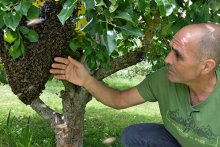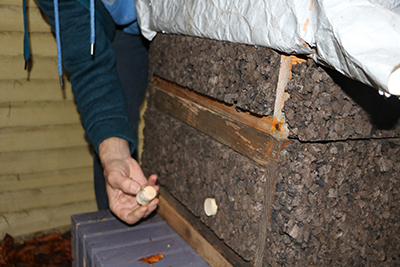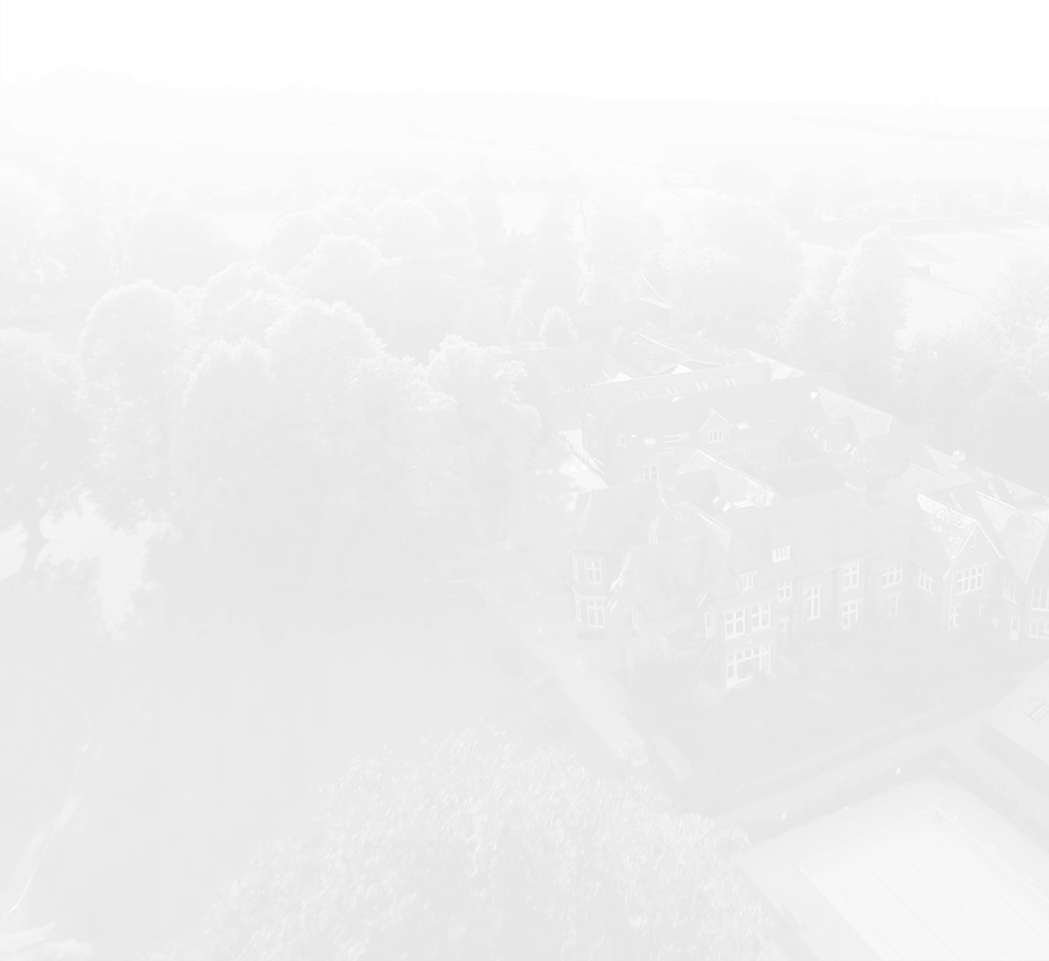

Supporting our local bee community
You may remember an Assembly from the Headmaster on Bees in May. (To re-watch this click here). Two swarms of wild bees were found in Moulsford, near the Headmaster’s house. Filipe Salbany, a local physiologist with a particular interest in wild bees, relocated these colonies to a quiet place on the school grounds. Filipe was very keen that they were kept in the village, which is their natural habitat (ie where they originated from).
Filipe is passionate about conservation, ecology and education and is very keen to work with the school in caring for and developing the hives at Moulsford and to spread the word about the importance of protecting native wild bees.
We all know that the numbers of bees (all pollinators, not just the honey bee) are diminishing in this country and there have been (erroneous) initiatives to bring bees into the UK to increase numbers – over 24,000 queens have been imported from abroad. However, Filipe explained, this is not the solution as these bees are not native and therefore could have a severe negative impact on our native wild bees (similar to the situation with red squirrels vs grey squirrels).
Another problem for wild bees is that many local Bee Keeping Associations, when called to deal with a swarm, will move the bees away from the area where they are found, rather than keeping them in their natural habitat, and then build apiaries that are too large for the area. Wild bees are extremely susceptible to changes in temperature as they are cold blooded – they need the honey to produce heat – the colder they get, the more honey they eat. Filipe has designed a hive that is insulated with cork, which provides the thermal regulation equivalent to an oak tree, which is the native wild bees’ natural habitat.

Filipe was thrilled to see that we have two Cedar of Lebanon trees on the Moulsford school site, as well as oak and beech trees and we have the meadow area with dandelions and crocuses, etc., as well as open spaces of arable land nearby, which the native bees love. All this should mean that they will produce some delicious honey!
Bees usually swarm from April onwards, but they do appear on warmer days in the winter and early spring. In the past, the local community, particularly children, would look out for any swarms to alert the local bee keepers if they saw any wild bees. How do you tell a wasp from a bee?
• A bee swarm spreads out / scatter over a wide area
• Bees are smaller and darker than wasps which are yellower
• Bees are very specific when approaching the hole in their hive
How can the Moulsford Community help native wild bees?
• Plant indigenous flowers, shrubs and trees to attract the bees – see the Friends of the Earth website for a list of suggestions
• Leave messy patches in your garden to allow bee-friendly native weeds/flowers to grow.
• Encourage the boys to look out for any swarms in the late spring / early summer. During clear, sunny winter days, families can look out for trees with unusual activity around openings. This is a wonderful activity and one which leads onto something called ‘beelining’, a traditional method of discovering wild bees.
• Put up ‘catch boxes’ of varying sizes on trees, ready to catch any swarming bees. Mr Squire will be running a Junior DT Activity for Year 3 in the Spring term to make these boxes.
Photo Credit: Paul Sharkey





























